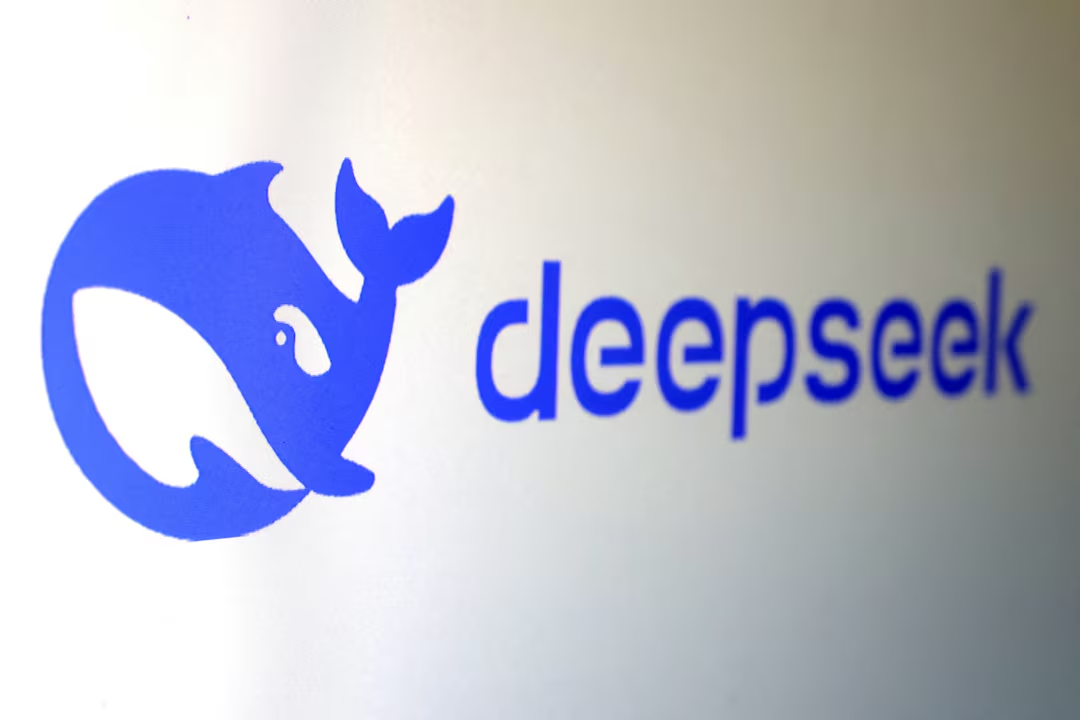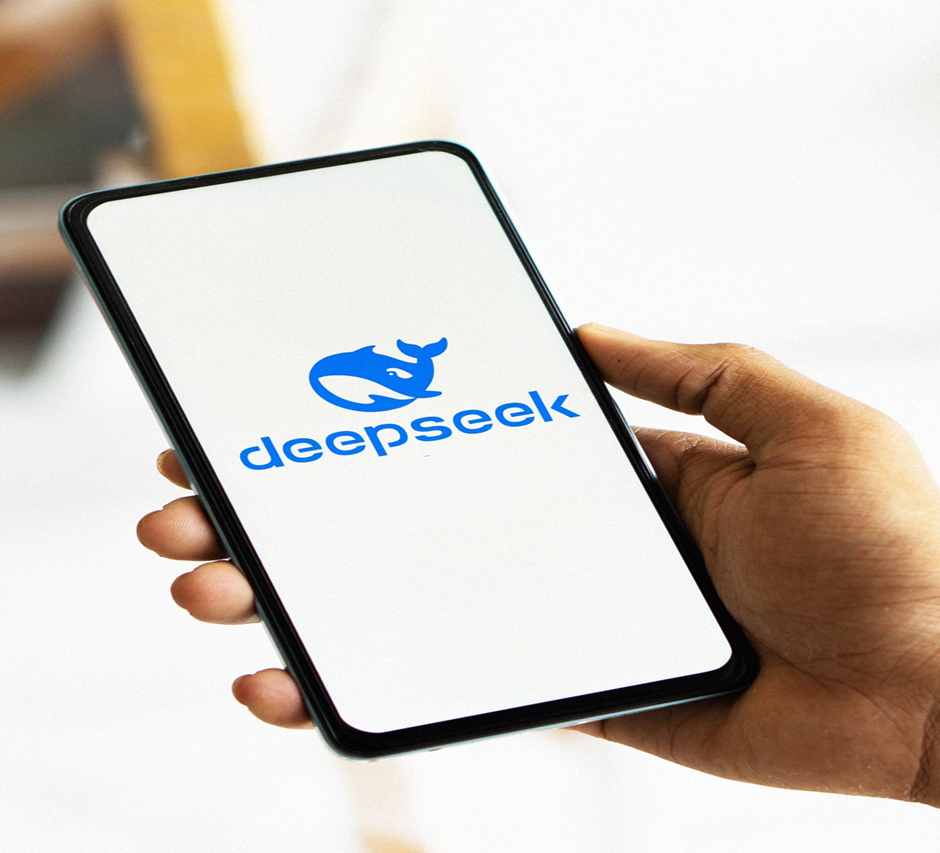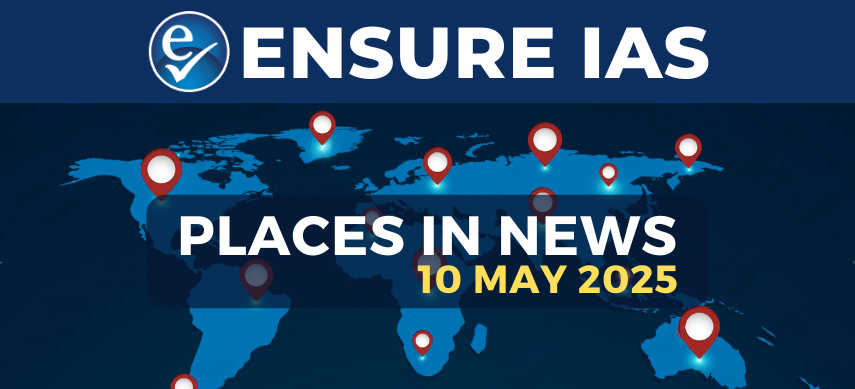- Courses
- GS Full Course 1 Year
- GS Full Course 2 Year
- GS Full Course 3 Year
- GS Full Course Till Selection
- Online Program
- GS Recorded Course
- NCERT (Recorded 500+ Hours)
- Polity Recorded Course
- Geography Recorded Course
- Economy Recorded Course
- AMAC Recorded Course
- Modern India, Post Independence & World History
- Environment Recoded Course
- Governance Recoded Course
- Science & Tech. Recoded Course
- International Relations and Internal Security Recorded Course
- Disaster Management Module Course
- Ethics Recoded Course
- Essay Recoded Course
- Current Affairs Recoded Course
- CSAT
- 5 LAYERED ARJUNA Mentorship
- Public Administration Optional
- ABOUT US
- OUR TOPPERS
- TEST SERIES
- FREE STUDY MATERIAL
- VIDEOS
- CONTACT US
DeepSeek: A Chinese Artificial Intelligence Company
DeepSeek: A Chinese Artificial Intelligence Company

DeepSeek: A Chinese Artificial Intelligence Company

DeepSeek, a Chinese AI startup, has gained global attention in recent weeks with the launch of its AI models—DeepSeek-V3 and DeepSeek-R1, the latter being a reasoning model. These models are seen as competitors to OpenAI’s advanced models o1 and o3, with DeepSeek achieving this feat at a fraction of the cost.
What is DeepSeek?
- DeepSeek is a Hangzhou-based AI startup that recently unveiled an artificial intelligence chatbot powered by a low-cost Large Language Model (LLM) infrastructure.
- The AI is optimized for tasks such as math and coding, positioning it as a formidable player in the AI landscape.
DeepSeek vs. Global LLMs:
|
Feature |
DeepSeek |
Global LLMs (e.g., GPT-4 by OpenAI) |
|
Training Cost |
$6 million |
~$100 million |
|
Training Hardware |
NVIDIA H800 chips (older generation) |
Advanced GPUs (likely newer models) |
|
Efficiency & Cost |
20 to 50 times more affordable than OpenAI's o1 model |
Higher cost, lower efficiency for comparable tasks |
|
Model Performance |
Comparable to o1 (OpenAI) in many metrics |
o1 and o3 models available with varying capabilities |
|
Advancement Level |
Not as advanced as OpenAI’s o3, but on par with o1 in many areas |
High-performing with cutting-edge tech and large datasets |
|
Training Approach |
Utilizes reinforcement learning for self-improvement and feedback loops |
Primarily supervised learning with large labeled datasets |
|
Model Scalability |
Scalable with smaller, faster models (SLMs) |
Less resource-efficient, though scalable through advanced infrastructure |
|
Subscription Cost |
$0.50 per month |
$20 per month (ChatGPT) |
This comparison highlights DeepSeek’s affordability, efficient use of hardware, and innovative self-improvement methods, while showing the higher costs and more traditional training approaches of global LLMs like GPT-4.
Concerns:
- Censorship and Bias:
- Unlike many Western AI models, DeepSeek adheres to China’s strict censorship rules. It avoids providing direct answers on sensitive topics, reflecting government control over digital content.
- Additionally, there are concerns about the AI carrying a pro-China bias.
- Potential Security Risks:
- Experts have raised alarms regarding possible security risks associated with the DeepSeek AI app, highlighting the need for scrutiny in terms of data privacy and AI ethics.
- Experts have raised alarms regarding possible security risks associated with the DeepSeek AI app, highlighting the need for scrutiny in terms of data privacy and AI ethics.
Read more: What are Small Language Models and are they better than LLMs?
Global Impact:
- Sputnik Moment: Similar to the impact of the Sputnik launch in the 1950s, DeepSeek represents a new technological frontier in the competition between global powers.
- Market Disruption: The introduction of DeepSeek AI caused a historic $600 billion drop in the market value of Nvidia, a major player in AI chip manufacturing.
- Policy Implications: DeepSeek’s emergence could escalate the geopolitical rivalry between the US and China, potentially leading to stricter US government restrictions on advanced chip exports to China.
What AI Models Has DeepSeek Released So Far?
DeepSeek’s AI models have been enhanced with a Mixture-of-Experts (MoE) architecture, Multi-Head Latent Attention, and advanced machine-learning techniques such as reinforcement learning and distillation. The following open-source AI models have been developed by DeepSeek:
- DeepSeek Coder: An AI model designed for coding tasks.
- DeepSeek LLM: A 67-billion-parameter model to rival other large language models.
- DeepSeek-V2: A cost-effective model with strong performance.
- DeepSeek-Coder-V2: A 236-billion-parameter model designed for complex coding challenges.
- DeepSeek-V3: A 671-billion-parameter model capable of tasks like coding, translation, and generating essays and emails.
- DeepSeek-R1: A reasoning model designed to challenge OpenAI’s o1.
- DeepSeek-R1-Distill: A fine-tuned version of DeepSeek R1 based on synthetic data generated by DeepSeek R1.


